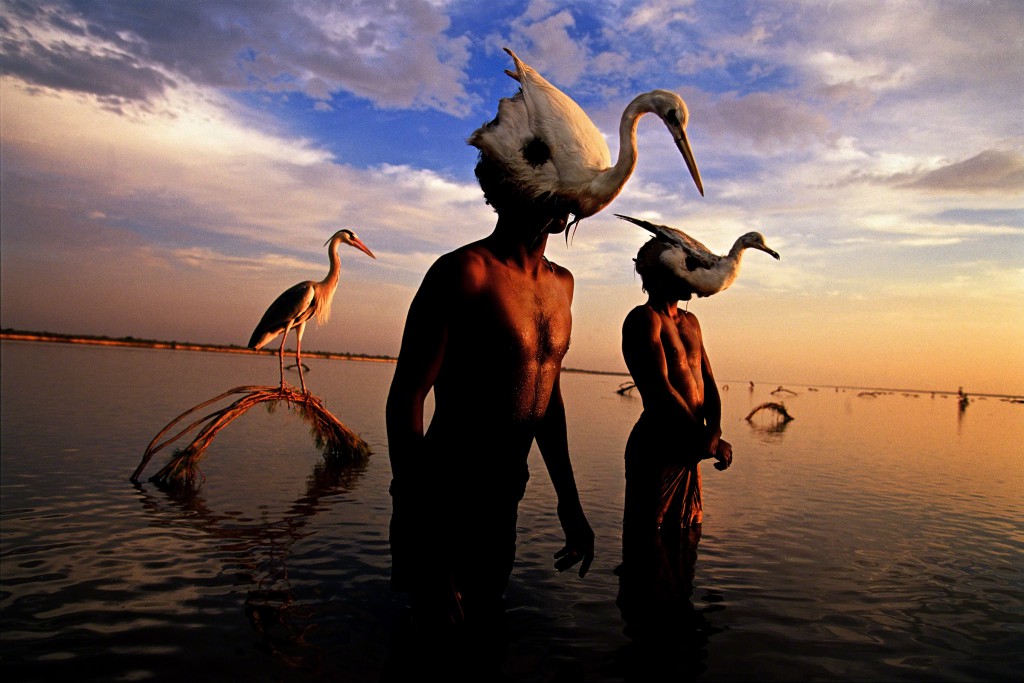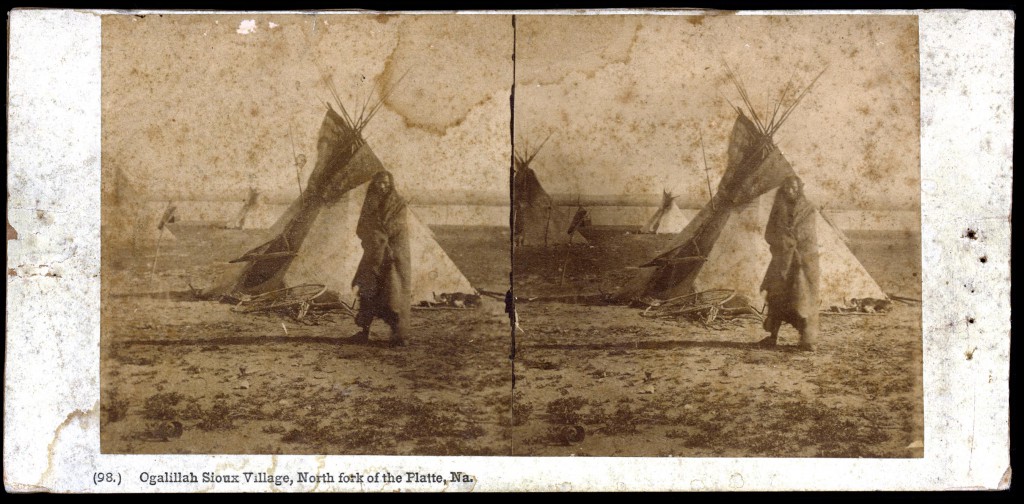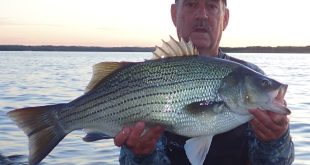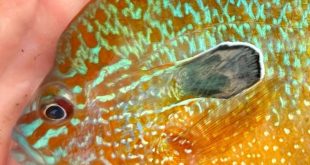Photographers transcending time through tradition become no strangers: ancient wisdom in a modern world, a traveling exhibit from the Annenberg Space for Photography on display at KANEKO in Omaha through April 19, with an opening reception tonight (Feb. 7) from 6 p.m. – 9 p.m.

Photo by Randy Olsen, olsenfarlow.com
Curated by Wade Davis, a National Geographic Society Explorer-in-Residence with photographer Patricia Lanza, the Director of Content at the Annenberg Space for Photography, the images examine the complexities of upholding traditional ways of life in modern times through such themes as globalization, sacred geography, shared origins and ancient wisdom. The exhibit brings awareness to the plight of cultures Davis describes as “being driven out of existence by identifiable and overwhelming external forces.”
He is one of the 24 notable contributing photographers which include Chris Johns, Carol Beckwith, Angela Fisher, Lynn Johnson, Steve McCurry, Randy Olson, Chris Rainier, Hamid Sardar and Aaron Huey.
***
We Are Still Standing is a collaborative exhibit with local indigenous artists, including Steve Tamayo, a consultant in Great Plains traditional arts at the Smithsonian Institution’s National Museum of the American Indian.
“Everyone has their own language, customs and traditions,” Tamayo said. “Tribes, clans and bands exist all over the world.”
Known for his use of traditional practices and materials, including bison hides cured through brain tanning, a process that he credits “many great teachers” for the continuation of traditional knowledge and ceremonies, even as it remained illegal to do so in the United States until 1978, with the passage of the American Indian Religious Freedom Act. “I spend time with Grandmas and Grandpas,” Tamayo said. “Ask your elders about stories.”
The exhibit includes a cultural infusion of heritage with contemporary work by Paul High Horse and video installation by Therman Statom.

Photo Courtesy of Nebraska State Historical Society
The Nebraska State Historical Society exhibit Photographers and Plains Indians consist of portraits from their archives, chosen with the intention of distilling the motivations and process involved in the creation of early Plains Indian portraits.
“Photographs don’t exist randomly,” explained curator John Carter, Senior Research Associate with the Nebraska State Historical Society. “They are products of intentions between, photographer, subject and consumer.”
It was while doing earlier research and documentation of portraits with elders of the Omaha Tribe, Carter discovered the images provided to him by tribal members were different from those in the Historical Society collection. “Over time, the consumer had changed their demands and therefore the photographer changed their product,” Carter said.
Early portraits, such as that of Red Cloud, the most photographed American Indian of all-time, or the absence of an image, in the case of the refusal of Crazy Horse to be photographed, give modern viewers a glimpse of how photography shaped the public persona of both men.
“Red Cloud was an incredible diplomat,” Carter said. “He was sophisticated. He really understood politics, including controlling how people see you.”
***
Additional upcoming events at KANEKO include a discussion panel featuring representatives of local tribes and a screening of the animated documentary, “Injunuity.”
Established by international artist Jun Kaneko and his wife Ree, KANEKO is a public non-profit cultural organization located at 1111 Jones Street in Omaha. For a complete list of gallery events, visit www.thekaneko.com.
 Nebraskaland Magazine
Nebraskaland Magazine



